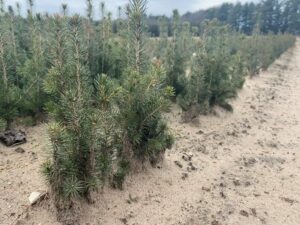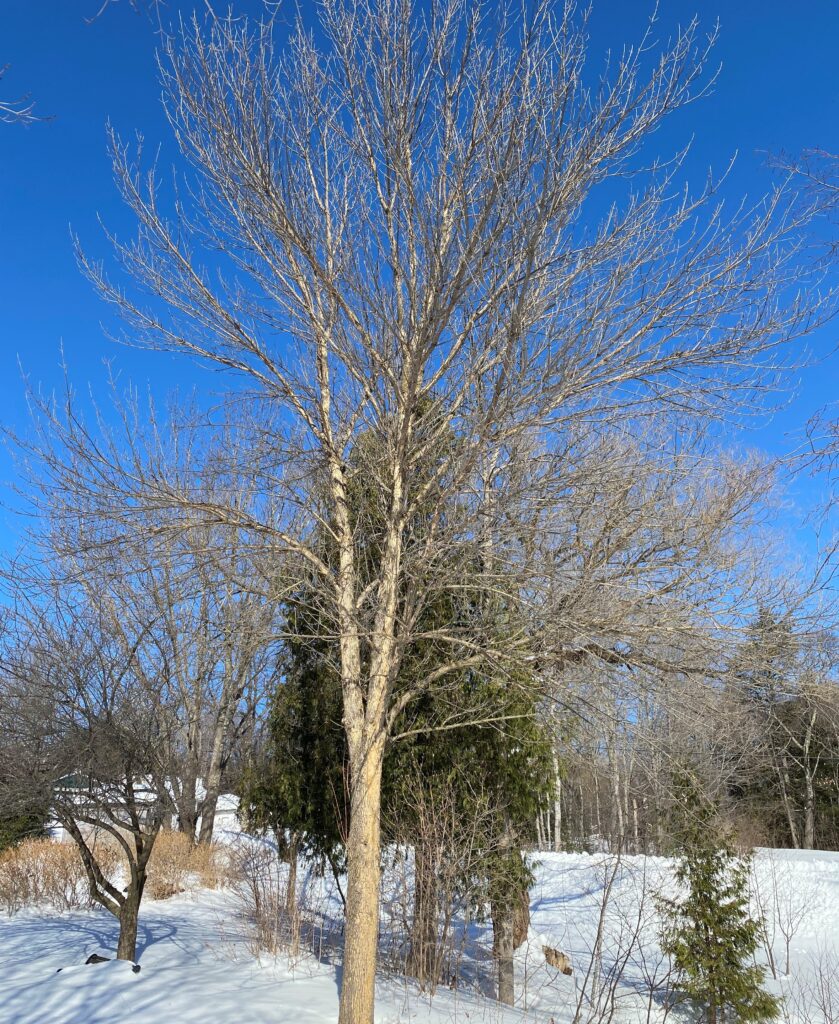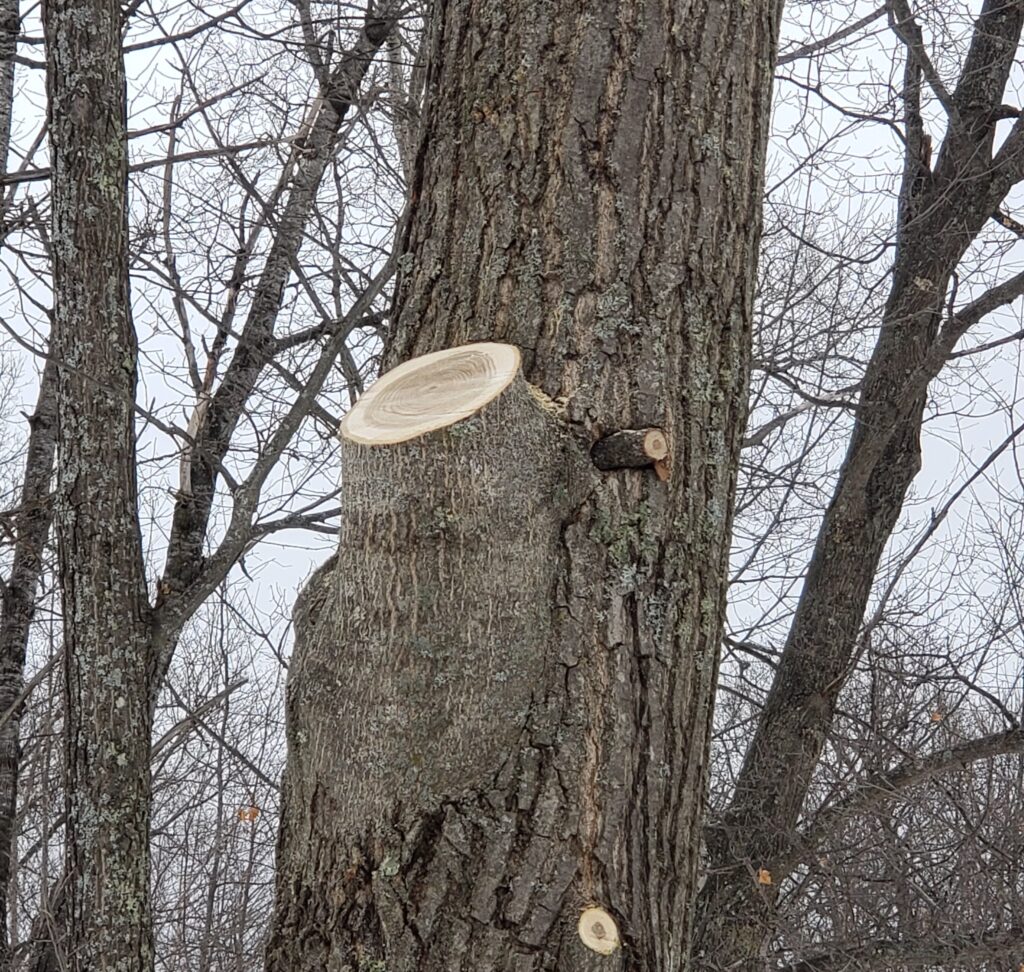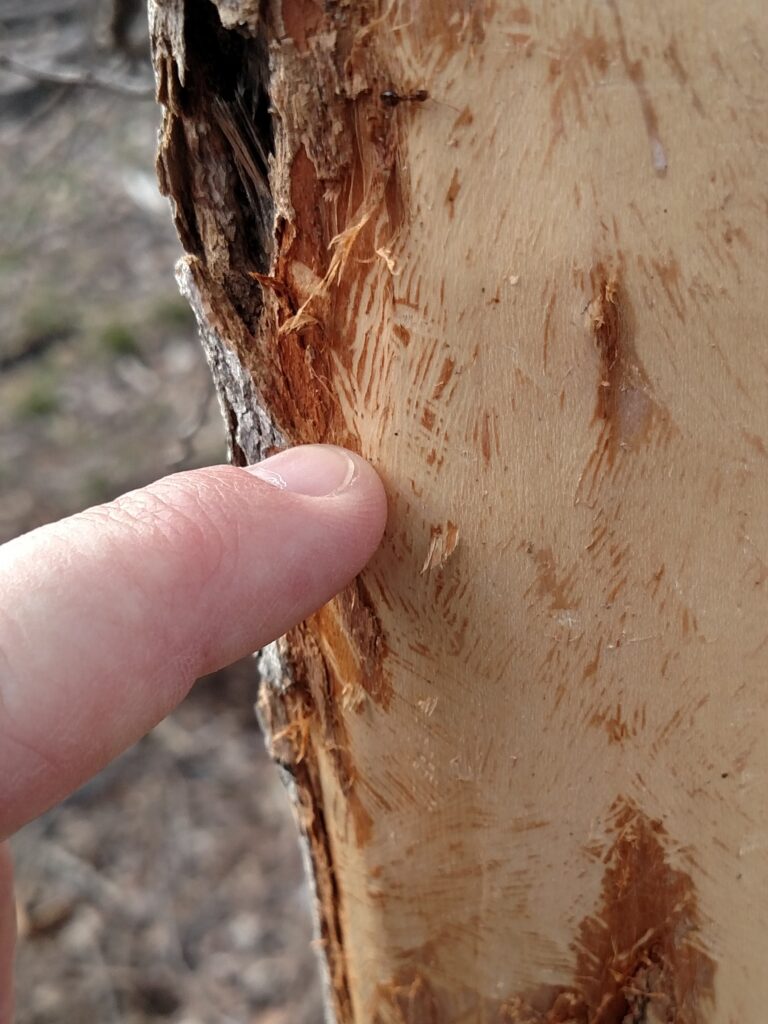By Lauren Peterson, Reforestation Communication Specialist, Division of Forestry
What’s the most sentimental space in your home? For many families with kids, it’s often a wall or a doorframe used as a tried-and-true method of tracking growth. This little corner of the house is filled with chicken scratched names, jumps in ages, even greater leaps in height, and happy memories of the past. However, for some Wisconsin families, a measurement of years gone by grows just outside the window.
For 40 years now, the Wisconsin Department of Natural Resources (DNR) has encouraged all fourth-grade students to take part in planting a free tree seedling, distributed by the Division of Forestry’s reforestation program. Fourth-grade teachers and homeschool parents are eligible to submit their orders for seedlings from winter through early spring in order to receive their shipment by Arbor Day.
It’s hard not to get sentimental thinking about tiny kids planting tiny seedlings, right? After an arduous journey of bouncing around in backpacks and being forgotten at bus stops, with branches abused but mostly intact, these seedlings found their forever homes outside those windows. Throughout the years, these seedlings have mirrored the growth of the tiny hands that first placed them in the soil.
Much like the seedlings and the fourth-grade students, this initiative to get future generations excited about forestry has grown each year to become a tradition unlike any other. Introduced in 1982, the project really hit its stride in 1984. Within the last decade, the DNR has supplied an average of more than 38,000 seedlings annually with a high of 45,857 seedlings shipped out in 2021. DNR’s reforestation team estimates that around 350,608 seedlings have been sent out to fourth graders across the state in the last ten years.

Conifer seedlings growing at the Wisconsin DNR nursery in Boscobel, WI
Seedlings are often a species of pine, distributed with an educational brochure to assist in planting and a plastic bag to ensure backpacks stay clean. Conifers, specifically pine, are commonly used for a variety of reasons. First and foremost, it is relatively easy for children under supervision to plant. These little pines are green in early spring and grow well throughout the state on a variety of soils. Finally, nurseries often have a large quantity of pine from year to year in the quantities needed to distribute thousands across the state.
That said, on the 100th anniversary of the Wisconsin state nursery program in 2011, the nurseries celebrated by providing sugar maple seedlings instead. Sugar maple was selected as the state tree of Wisconsin in 1983 and the nursery program felt it was appropriate to use that seedling for their centennial anniversary.
This Arbor Day we celebrate not only the holiday, but the countless people who made this seedling project grow to what it is today and the children it has impacted. Through four decades of this endeavor, the DNR has had the support of countless teachers, principals, parents, volunteers and employees. For many fourth-graders, planting their seedling has been a fun springtime activity and watching it grow throughout the years is a memory to be proud of. To others, it sparked a fascination with forestry, natural resources, conservation, or science. After 40 years, one thing is still true; this was never just about planting seedlings.
Do you have a memory about planting an Arbor Day seedling? We welcome your stories and photos at Forestry.Webmail@Wisconsin.gov.



